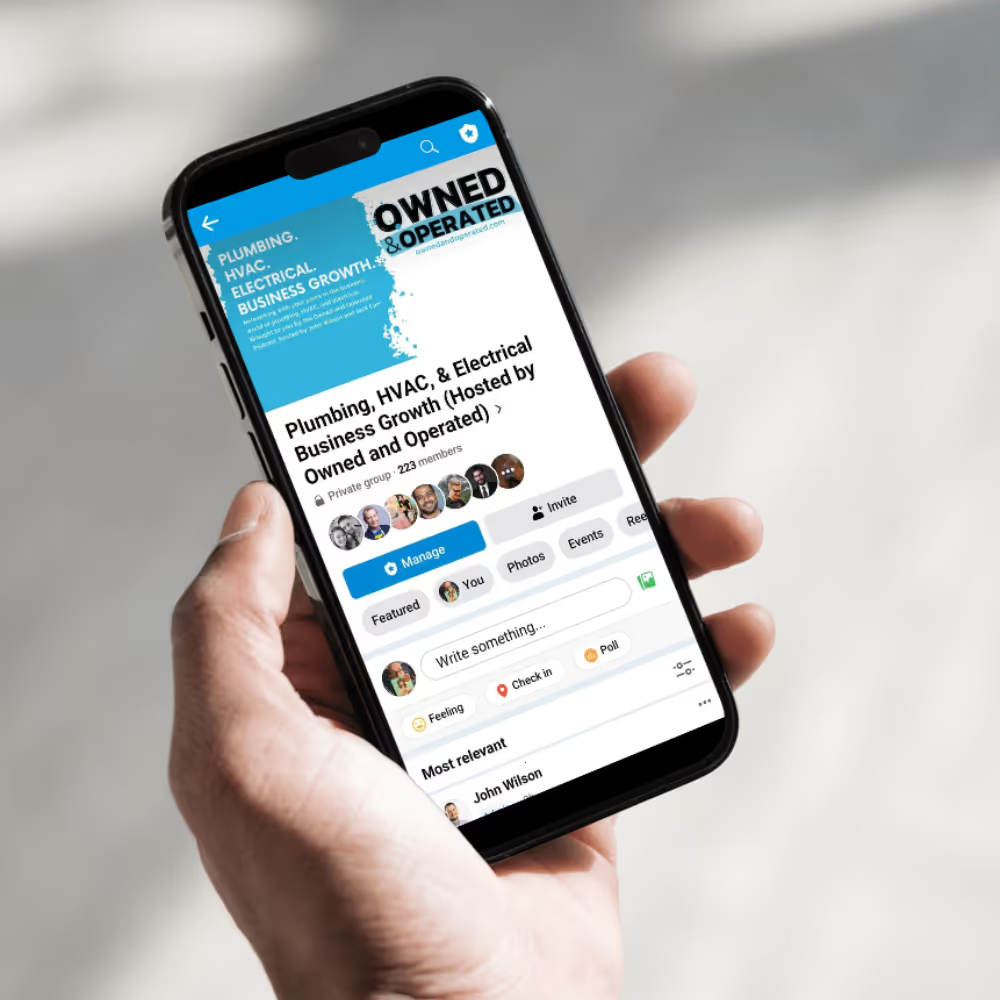Acquisitions are one of my favorite topics, which is why I had Steve Carroll from Kelso Industries join me on my podcast.
In five years he went from the first deal to roughly $1.2B and 3,500 employees. The way he did it is simple to say and hard to copy: keep great operators in the seat and give them room to win.
Start with construction, then let the flywheel turn
Steve’s team started by winning the first job in commercial and industrial work. From there, they expanded into retrofit, sold a maintenance program, and kept the relationship through service. Mechanical, electrical, and plumbing fed one another, so a single entry point often became a 20-year client.
Do not replace the owner if you do not have to
On my first deal, the sellers were gone two weeks after close, and we were estimating jobs and chasing payments.
By contrast, Steve’s model kept the owner in the seat with equity at close and limited cash, so customers, vendors, and the team kept momentum from day one.
Local leaders own the P&L. HQ removes friction
Branches make the daily calls on revenue and delivery. Corporate handles what drags them down or protects the enterprise. That means cash management, insurance, bonding, and targeted HR help so operators can focus on work that pays.
Model cash like your business depends on it
One deal fell apart for Steve when working capital needs came in at 10x the figure on paper.
In commercial, accounts receivable can sit near 90 days. If you are not forecasting cash and working capital, you are guessing. And guessing isn’t a strategy.
Know what is a platform and what is an add-on
Steve thinks in people, not just revenue. Around 100 employees feels like a stand-alone platform. Smaller shops can be excellent add-ons, but only if they do not need a full corporate spine to stand up.
Balance demand like an index
Kelso spreads work across three lanes.
- Industrial: data centers, manufacturing, food and beverage. They are doing mechanical for the first U.S. Lego plant.
- Institutional: hospitals and schools with a municipal element.
- Commercial: big distribution, restaurants, and apartments.
When one slice grows, they build the others so nothing over-indexes.
Integrate lightly, then evolve the playbook
Early days looked like a holdco with cash centralized. Over time they added what scale requires, like insurance and bonding, and shared capabilities where it helps.
The goal is the same each time: protect the enterprise and keep operators moving.
Make HR a real partner
At size, HR is more than onboarding and terminations. Reviews, sentiment checks, recruiting help, and people support lift local leaders. That matters when you are spread across 30-plus offices.
My takeaway
If you want speed without chaos, buy great operators and keep them operating.
Win construction, expand into retrofit, maintenance, and service, and centralize only what protects cash and reduces risk. Do it across balanced end markets and growth soon compounds.


.png)





.avif)
